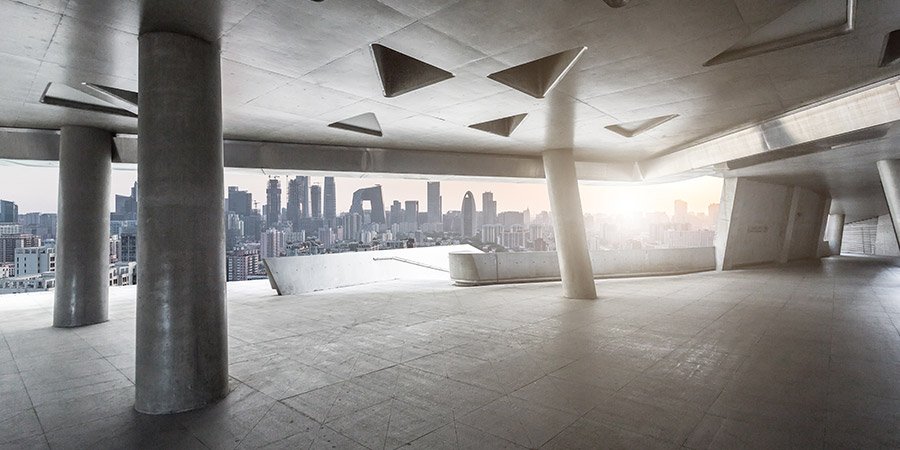Australia’s economy is recognised as 14th largest in the world, thanks to its 28 consecutive years of uninterrupted economic growth. Construction is one of its more dynamic industries, enjoying a four-year boom itself.
The growing trend was projected to go for at least one more year, especially in the non-residential sector, with the recent spate of approved commercial projects.
The COVID-19 pandemic has put the Australian economy in hiatus, but once it subsides, all sectors will be eager to return to normalcy. At the forefront would be the construction industry. When this happens, the amount of construction and work in the sectors involving concrete in Australia will be at its peak.
Concrete in Australian Construction Sites
Concrete remains the single most widely used construction material globally. This includes Australia, where twice as much concrete is used in construction sites compared to all the other building materials combined. It translates to a rate of three tonnes per person annually, contributing $12 billion to the country’s Gross Domestic Product.
One dilemma that cement manufacturers and the construction industry as a whole is carbon footprint. Like all other materials, some parts of concrete’s supply chain have an impact on the environment. While the benefits of concrete far outweigh its effects on the environment, the construction industry is still actively looking for ways to make efficient ways to manufacture concrete, Australia can benefit from.
Sustainable Concrete in Australia
The concept of sustainability in concrete has been around for three decades, but it was not until a few years ago that it received global acceptance. It is increasingly becoming the business model of companies all over the world and across all industries.
The construction industry, especially the cement manufacturers, embraced the idea readily and was first in the world to come up with green concrete. The geopolymer concrete made from industrial waste was first used on roads on a trial basis and its performance monitored by researchers. The researchers have placed nine sensors beneath the concrete to help them assess the concrete’s response to the common stresses of road use, and this will go on for five years.
What makes geopolymer unique and the obvious choice for experts is that it generates only 300 kg of carbon dioxide for every tonne of cement. This may sound like a lot for those unfamiliar to the industry, but it amounts to only a third of the carbon footprint of traditional cement. And this technology is still in its infancy. With more studies, better numbers can be expected.
Development in many parts of the supply chain is also underway to improve the standards and sustainability of concrete in Australia. Cement plants are striving to use 50% of renewable energy in some states. More advanced kiln technology with lower carbon emission have been developed in the past years and have demonstrated much success in achieving a more sustainable manufacturing process. Around 98% of the clinker is being produced using a highly efficient precalciner technology.
Working Together for Sustainable Development
In an industry that has been growing and is still projected to expand, the availability of building materials is critical. Cement manufacturers and the construction industry as a whole must work with the government to ensure sustainable growth that will be beneficial for generations to come. When the battle against the virus is finally won, the construction industry’s fight for a greener and better world can start again by producing even more sustainable concrete.
Author Bio:
Ester Adams is a farmer of words in the field of creativity. She is an experienced independent content writer with a demonstrated history of working in the writing and editing industry. She is a multi-niche content chef who loves cooking new things.



